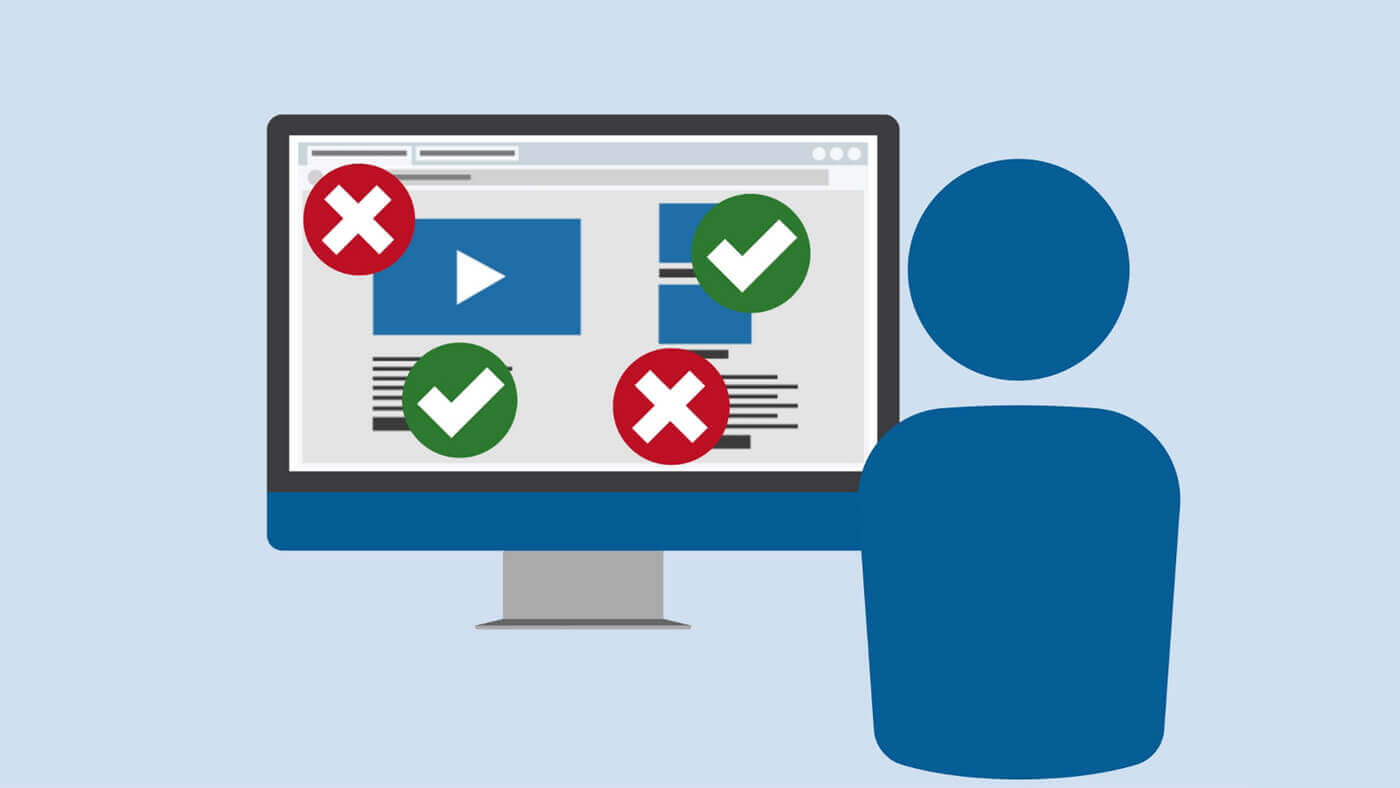Pulse of Information
Stay updated with the latest news and insights.
Web Accessibility: Everyone's Invited to the Digital Party
Unlock the digital world! Discover essential web accessibility tips to ensure everyone can join the online party—every click matters!
Understanding the Basics of Web Accessibility: Why It Matters for Everyone
Web accessibility refers to the practice of making websites usable for all individuals, including those with disabilities. This concept is vital not only for compliance with legal standards but also for creating an inclusive online environment. By understanding the basics of web accessibility, web developers and content creators can design websites that meet the needs of diverse users. Features like alternative text for images, clear navigation, and proper color contrast can significantly enhance the user experience for everyone, facilitating equal access to information.
Implementing web accessibility benefits everyone, not just individuals with disabilities. For instance, users with temporary impairments, such as a broken arm, can find accessibility features useful. Additionally, accessible designs often improve overall usability, making websites more user-friendly. Consequently, embracing web accessibility can lead to higher engagement rates, reduced bounce rates, and a broader audience reach. In a digital space that continuously evolves, prioritizing accessibility matters now more than ever for fostering equality and enhancing online interactions.

Top 10 Best Practices for Creating an Inclusive Digital Experience
Creating an inclusive digital experience is essential for engaging a diverse audience and ensuring that all users can access and benefit from your content. Here are the top 10 best practices to consider:
- Conduct accessibility audits to identify potential barriers.
- Utilize descriptive alt text for images.
- Ensure proper color contrast for readability.
- Implement keyboard navigation for users with mobility challenges.
- Include captions and transcripts for multimedia content.
- Adopt responsive design to optimize experiences across devices.
- Use clear and simple language to communicate your message.
- Test usability with real users from diverse backgrounds.
- Regularly update your content to meet evolving accessibility standards.
- Solicit feedback from users to enhance inclusivity.
By following these best practices, you not only comply with accessibility guidelines but also foster an environment where all users feel valued and included. Remember, the goal is to create a digital experience that recognizes the needs of everyone, regardless of their abilities or background. Embracing inclusivity is not just a legal obligation but a fundamental principle that enriches the experience for all users, cultivating loyalty and trust among your audience.
Is Your Website Accessible? Key Features to Evaluate and Improve Accessibility
Ensuring your website is accessible is crucial for reaching a broader audience, including individuals with disabilities. To evaluate your website's accessibility, start by assessing key features such as alternative text for images, which describes visual content for those using screen readers. Additionally, check that your site's color contrast meets recommended standards, making it easier for users with visual impairments to navigate. Implementing keyboard navigation is also essential, as it allows users who cannot use a mouse to browse your site effectively.
Another critical aspect to consider is the use of semantic HTML. Properly structured content helps assistive technologies interpret your site's layout and meaning. Consider employing tools like accessibility checkers for automated assessments, but also engage real users for feedback. By prioritizing accessibility, you create a more inclusive experience that benefits everyone. Remember, an accessible website not only complies with legal standards but also enhances user engagement and expands your reach.